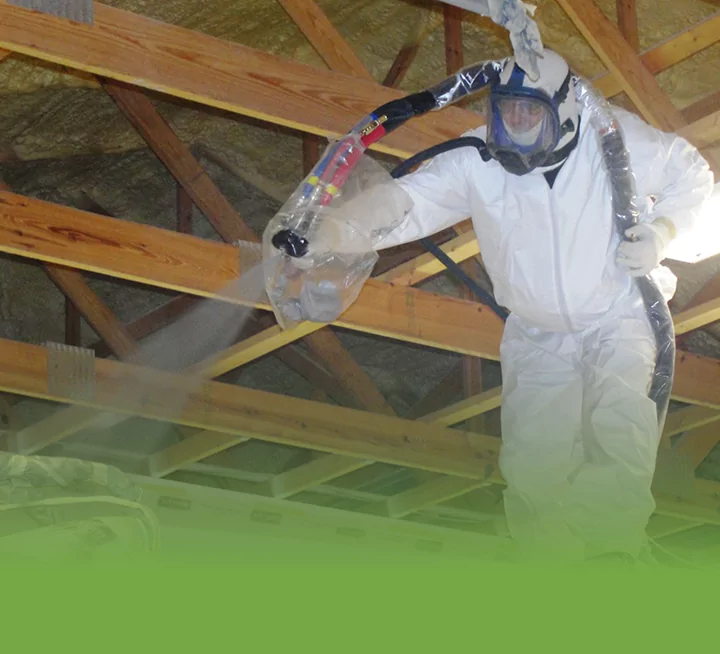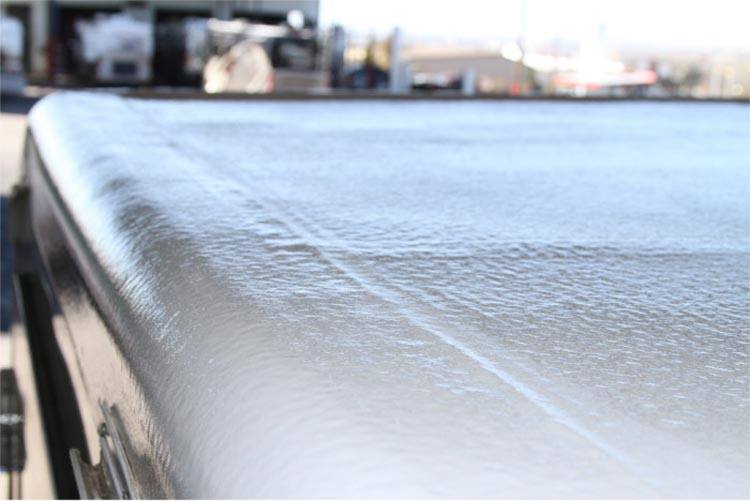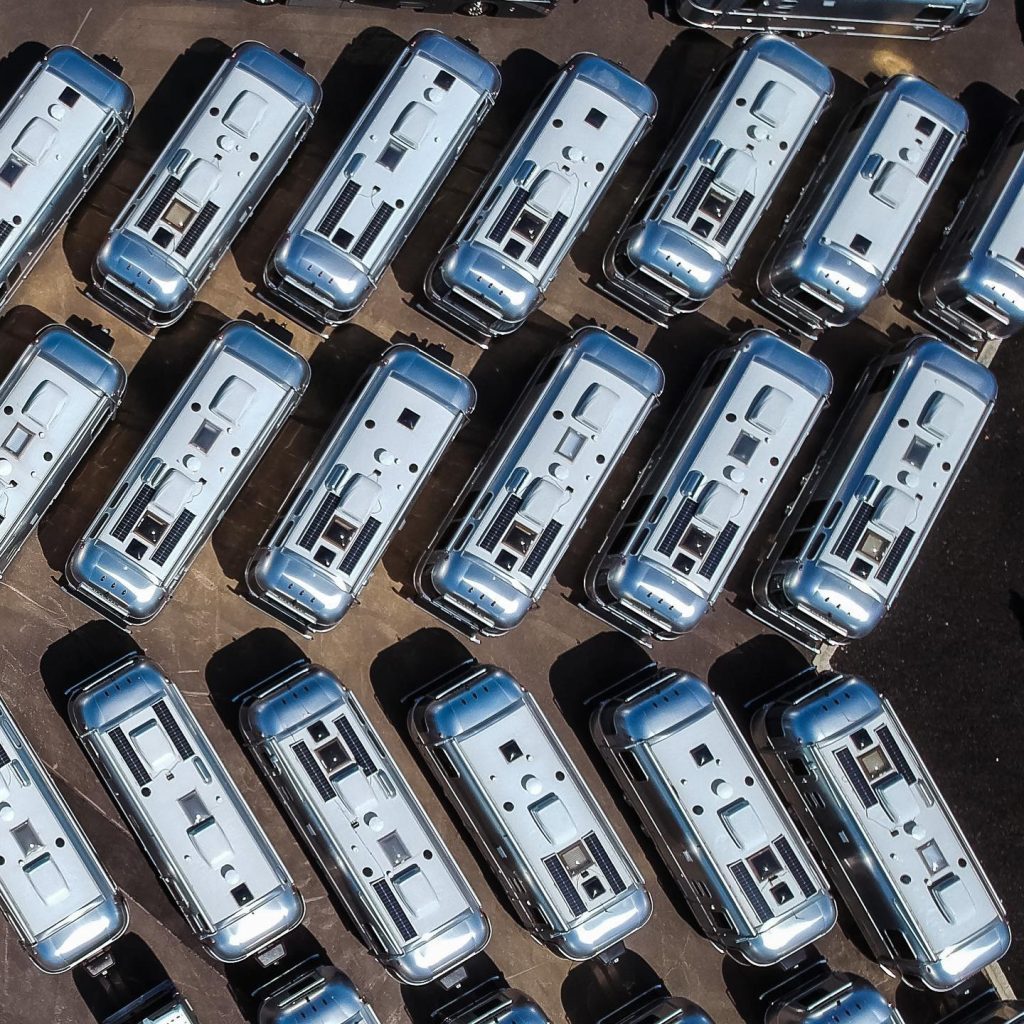Across the country, weather extremes have placed recreational vehicle owners in a difficult position. News outlets now report that record heatwaves, sudden storms, and intense winds have started damaging RVs parked in regions once considered safe from such conditions. These stories, which often highlight unexpected damage after unpredictable weather events, reveal an ongoing problem that few RV owners can ignore.
RV roofs stand exposed to every shift in weather. They endure long hours under direct sun, sudden downpours that test every seam, and strong winds that can pry at edges or weaken seals. These forces have become more intense in recent years, with temperature swings that can stretch materials beyond their design limits. When roofs start to crack or peel, water often finds its way inside, sometimes slowly and without any obvious signs until the damage becomes difficult to repair.
Some of the most widely shared stories from recent storms show just how quickly damage can escalate. In many cases, RV owners return after just a short period to discover leaks, warped panels, and ruined interiors. This has led to a surge in online discussions about roof protection and has brought the topic into broader public view.
Why Roof Coatings Have Become a Focus for Many RV Owners
Among the many ways to safeguard an RV, protective coatings have gained attention for their ability to extend the life of roofs without requiring complete replacements. Unlike traditional patching methods, which often fail after repeated weather exposure, roof coatings form a continuous barrier that keeps water out and shields against heat and UV radiation.
One of the key reasons these coatings have become so common among RV owners stems from their ability to prevent long-term damage that tends to hide beneath the surface. Roof leaks rarely start as sudden floods. Instead, water slips through small cracks, slowly softening insulation or warping panels. This slow-moving damage grows worse with every storm, often going unnoticed until repair costs rise beyond what many owners can afford.
Coatings that offer both flexibility and strength have shown strong results in preventing these problems. These materials expand and contract with temperature changes, keeping their seal intact even during extreme conditions. For RV owners who frequently travel through different climates, this flexibility becomes essential. A coating that performs well in dry heat must also handle cold rain and wind without breaking down.
Many RV owners now seek coatings that allow them to avoid the need for constant repairs. Stories shared by other owners often describe how simple coatings protected their roofs from major storms or extreme heat. These experiences, while personal, carry weight within RV communities, especially during a time when weather patterns seem to shift without much warning.
How Science Supports the Use of Protective Coatings
While personal stories help highlight the need for roof protection, scientific research has also shown how coatings prevent damage in measurable ways. Laboratory tests place coatings under intense cycles of heating, cooling, and moisture to simulate years of exposure within days or weeks. These tests consistently show that high-quality coatings maintain their protective qualities even after repeated stress.
One key reason these coatings perform well involves their molecular structure. Many coatings used for RV roofs create bonds that tightly adhere to the surface below, filling in small gaps and forming a seamless layer. This bond reduces the chances of water slipping beneath the surface, where it might otherwise cause hidden damage.
In addition to sealing against water, coatings also reduce surface temperatures by reflecting sunlight. This benefit not only protects the roof material but also lowers heat inside the RV, which makes travel more comfortable and reduces strain on cooling systems. RV owners who spend much of the year on the road find this dual benefit especially helpful.
Chemical resistance also plays a role in the growing use of roof coatings. RVs often encounter tree sap, fuel spills, and other contaminants during travel or while parked at campsites. Coatings that resist these substances prevent additional wear, reducing the need for frequent cleaning or repairs. This combination of water resistance, heat protection, and chemical durability makes coatings a practical option for long-term roof care.
The Shift Toward Preventative Maintenance Among RV Owners
As news coverage about severe weather events continues to grow, RV owners have started changing how they approach maintenance. Instead of waiting for leaks to appear, many now seek preventative solutions that address potential issues before they cause major damage. Roof coatings have become a central part of this shift, offering a straightforward way to guard against problems that may otherwise remain hidden until it is too late.
RV forums, travel blogs, and social media pages have seen a steady increase in discussions around roof protection in the past year. Many of these conversations focus on specific experiences with coatings during storms or heatwaves, often sharing photos and tips based on real-world use. This grassroots exchange of information has influenced how owners prepare their vehicles, especially as more travelers report unexpected weather events during their trips.
For RV owners who rely on their vehicles for full-time living or extended travel, roof protection has taken on a new level of importance. Leaks that might once have been seen as minor inconveniences now carry far greater risks, with potential to disrupt travel plans or cause costly repairs that may take weeks to complete. By applying protective coatings in advance, owners can reduce their exposure to these risks and keep their focus on enjoying their time on the road.
The Broader Message Behind the Recent Focus on Roof Protection
The growing interest in RV roof protection speaks to a larger shift in how people think about preparedness. As weather events become harder to predict, many RV owners recognize that waiting for damage to appear no longer makes sense. Instead, they take steps early to guard against problems they hope never to face.
Protective coatings offer a reliable way to achieve that goal. They provide a layer of security that works quietly in the background, allowing owners to travel with greater peace of mind. While coatings may not eliminate every risk, they address one of the most common and costly problems RV owners face—water damage that often hides until it is too late to stop.
As more stories emerge about unexpected storms and sudden heatwaves damaging vehicles across the country, the role of roof protection will likely grow even further. Owners who have experienced the benefits of coatings often describe them not as luxury additions, but as necessary tools for safe, worry-free travel. In this way, the recent attention surrounding RV roof protection reflects not just a response to changing weather, but also a deeper commitment to long-term care and smart planning.
In a world where conditions can shift quickly, RV owners continue to find steady value in solutions that keep their homes on wheels protected, no matter where the road leads.



